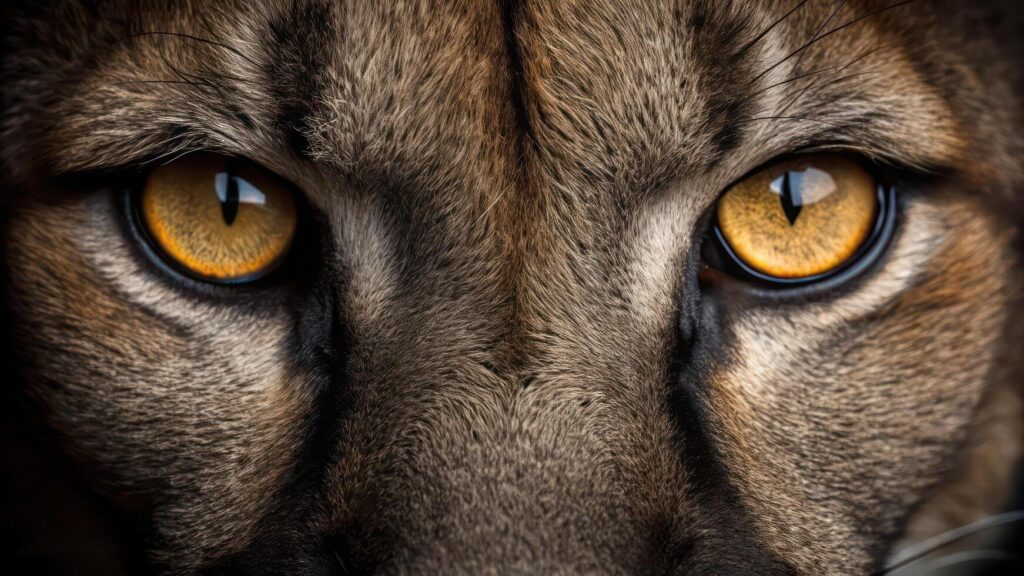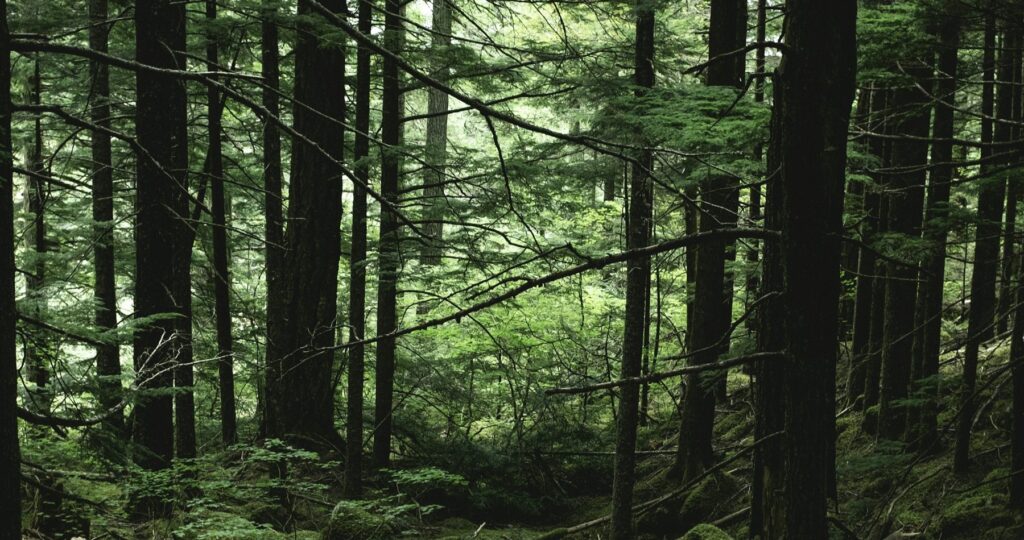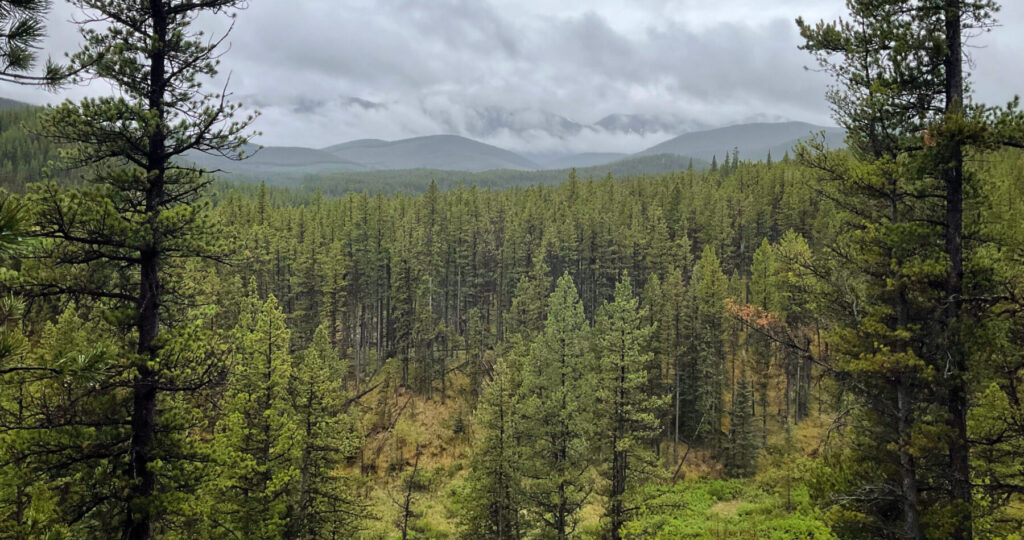Post Category : Field Life Heritage Management
Hazards of the Job – Deep Trenches
It's not always giant boulders and bad guys...
Archaeology may not be as dangerous as portrayed in popular shows like Indiana Jones, or Relic Hunter, but substantial hazards do exist in the profession. While I can’t say that any of us at Ember Archaeology have personally faced a large rolling boulder, some of us have faced our share of poisonous snakes and bears. Unstable ground (muskeg!), stinging insects, and severe weather are environmental perils that are somewhat hard to ignore. But we often overlook a very common fatal hazard: Deep Trenches.
Know the hazards
As a student I never really thought much the risks involved with large excavations or trenches. Most archaeologists have seen many photos of friends and colleagues working in a deep hole with unsecured walls. Our first thoughts – NEAT SITE! You can just Google image search “deep excavation archaeology” and have a look. But in reality, many of those trenches are deadly and the pictures show that little has been done to protect the workers. I only recently learned of the 2010 tragic accident of Mario Bergeron. He was an archaeologist working in Montreal that lost his life when he was buried up to his waist.
The type of soil that is being excavated is a major factor contributing to trench collapse. Loose soil is more likely to collapse, especially if the spoil piles or heavy machines are near the trench edges. Loose soil can includes saturated sediments, sediments that are easy to excavate with hand tools, or sediments that appear solid yet collapse when disturbed. These sediments require significant safety controls.

Know the Regulations
As consultants in Alberta, Ember’s archaeologists must comply with the Occupational Health and Safety Code (Part 32). This section of the code outlines the minimum safe practices to help mitigate the dangers of working in trenches. A trench with a depth of 1.5 m or greater should be considered deadly. The trench wall should never be over your head unless it has been properly secured. If conducting a deep excavation be sure you are familiar with the OH&S code and how it relates to your specific project. Generally, if an excavation is 1.5 m or deeper the OHS Code states that:
- There must be a method of protection
- Depending on the compaction of the soil, trench walls may be cutback, sloped or shored, but temporary protective structures may be necessary
- Excavations must be marked if there is a danger of a worker or equipment falling in
- There must be a safe place to enter and exit the trench and it cannot be further than 8 meters from the workers
- Spoil is piled so that the leading edge of the pile is at least 1 meter away from the excavations
- Piles must be scaled, trimmed and not steeper than 45°
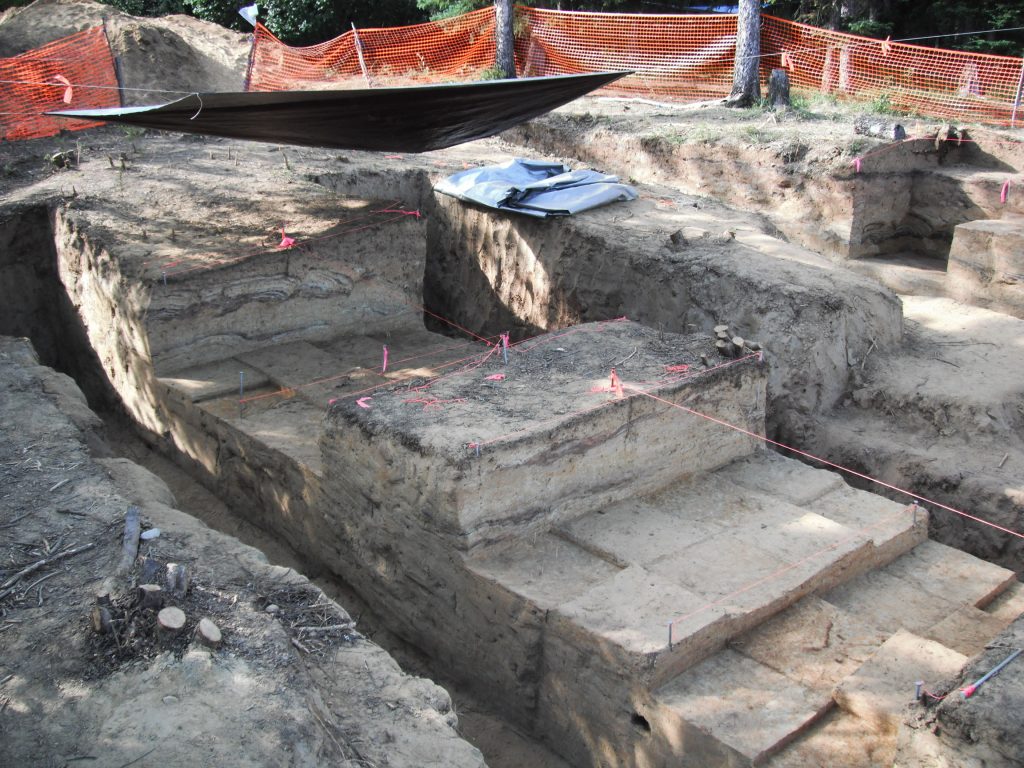
An good example of a deadly deep trench encountered regularly by consulting archaeologists is a Backhoe Test. Test trenches conducted with an excavator can reach depths of over 4 meters. To stay safe Ember’s archaeologists employ the following methods:
- We constantly monitor the excavator while it is digging
- We look for artifacts by sifting through the spoil pile
- We ensure that the spoil pile is placed at least 1 meter away from the edge
- We take our notes and photos from the side of trench if it gets deeper than 1.5 m
- We never enter an unsecured trench
- We maintain direct communication with the excavator operator and all workers in the vicinity
- We use snow-fence, flagging and signs to clearly mark the trench if it is left unsupervised
KNoW when to Refuse
Deep trenches are a very common fatal hazard for archaeologists. If you are a student or volunteer on a dig, think carefully about what you are literally getting yourself into. No workers, volunteer or otherwise, should ever get in a trench greater than 1.5 m deep without ensuring that all possible hazards have been addressed.
For more reading, check out Colleen Morgan’s blog: Health and Safety for Academics Part 1 and Part 2
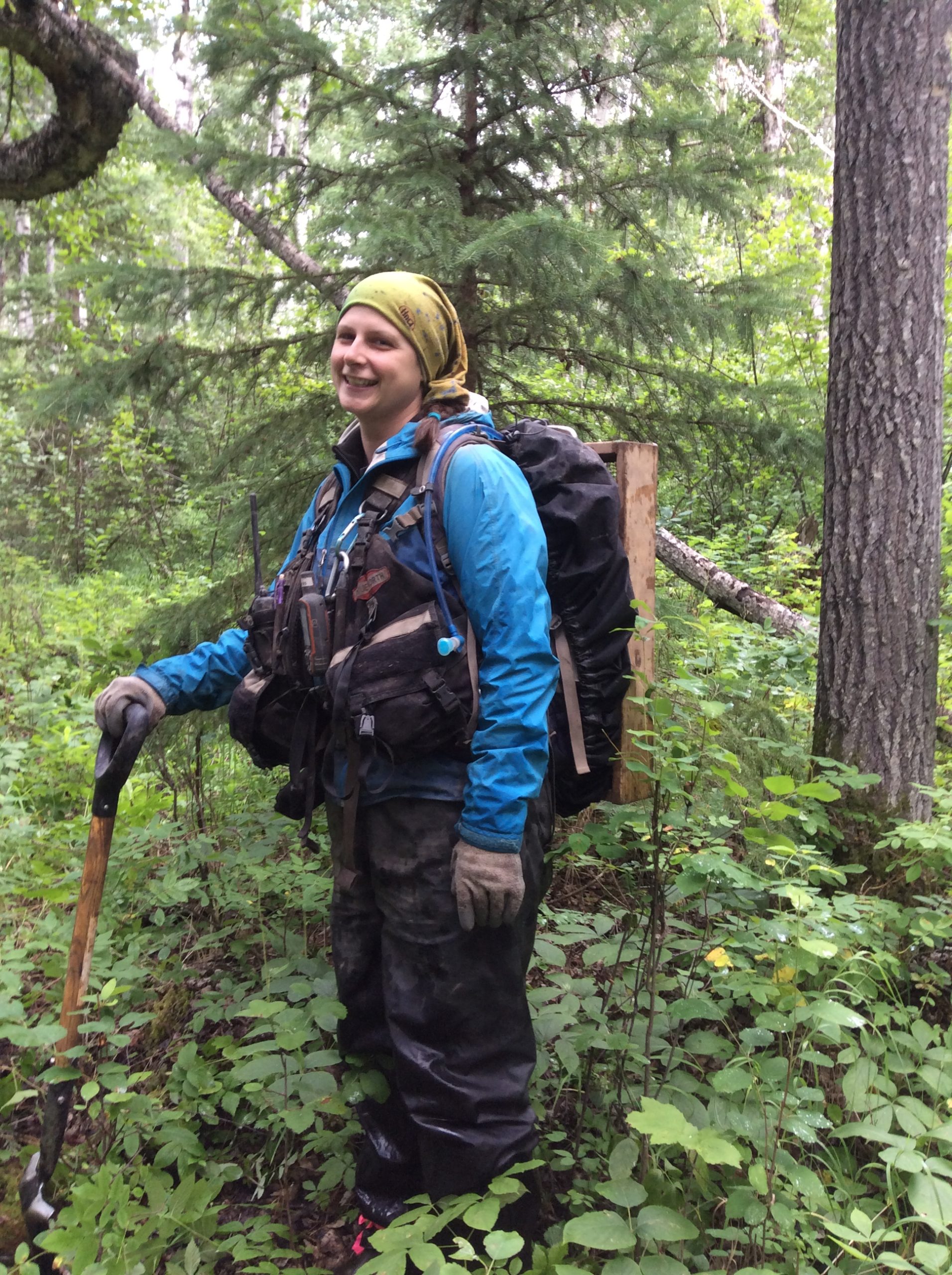
Madeline Coleman
ASSISTANT MANAGER
Madeline Coleman is the Assistant Manager of Ember Archaeology. Madeline started as a Permit Holder with Ember Archaeology in 2013. She currently supports the team with project management and administration for large projects, as well as managing small projects within the Edmonton region. Madeline is also our key contact for Treaty 6 First Nations and a member of our Indigenous Engagement Committee. When she’s not working, Madeline is the treasurer for the Archaeological Society of Alberta: Edmonton Centre and co-leads the public archaeology surveys at the Brazeau Reservoir. Her interests include inspiring her toddler to love crafting and the outdoors, reading, camping, travelling, and baking.



